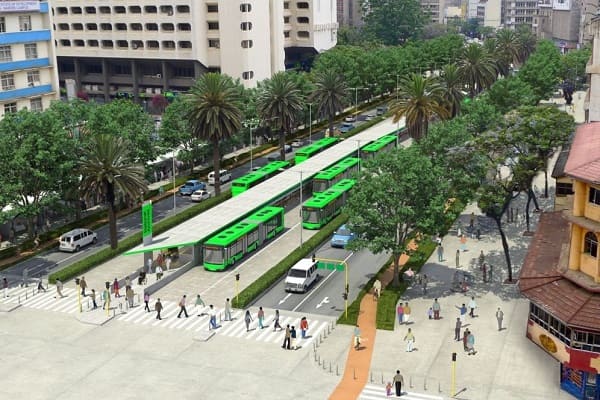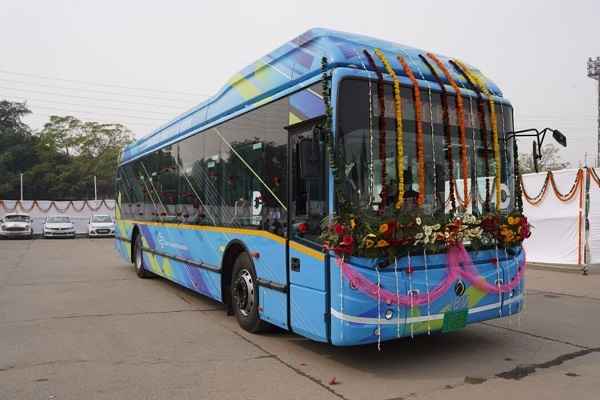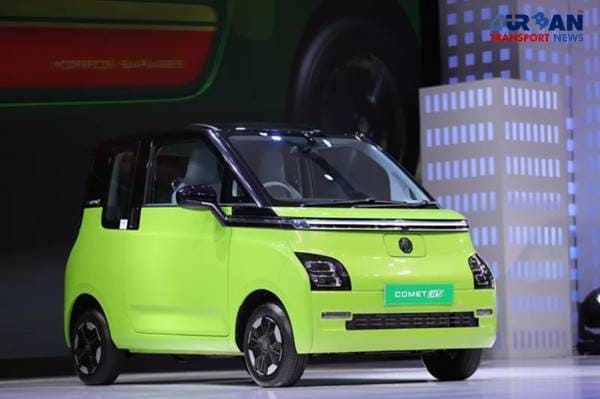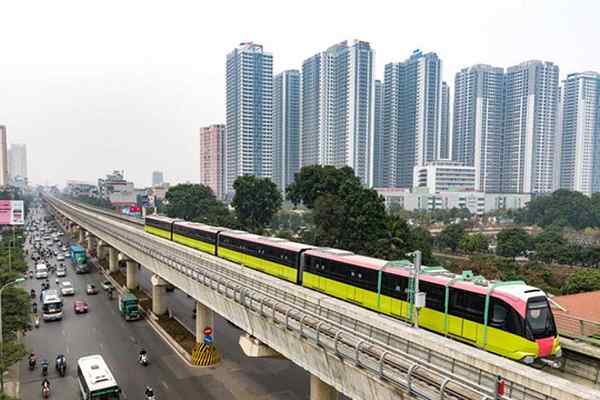 Vietnam plans new metro rail lines to replace its BRT systems in Hanoi
Vietnam plans new metro rail lines to replace its BRT systems in Hanoi 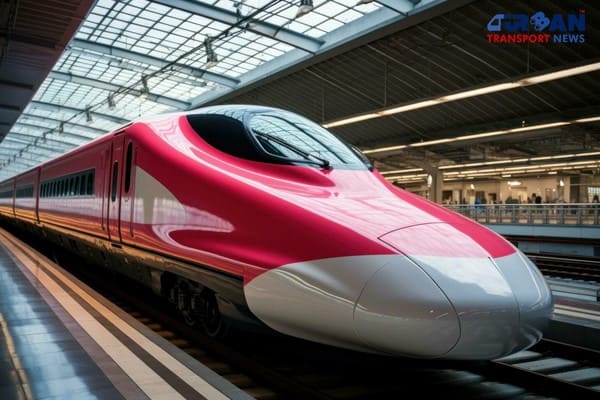 Revolutionizing Indian Railways: The Rise of Indigenous High Speed Bullet Trains
Revolutionizing Indian Railways: The Rise of Indigenous High Speed Bullet Trains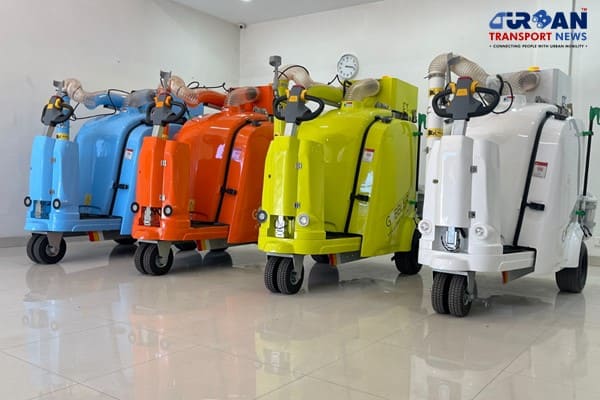 Ayodhya deployed Gobbler Litter Buster to keep the City clean
Ayodhya deployed Gobbler Litter Buster to keep the City clean BMW's Emissions Investigation: What Does It Mean for Drivers?
BMW's Emissions Investigation: What Does It Mean for Drivers?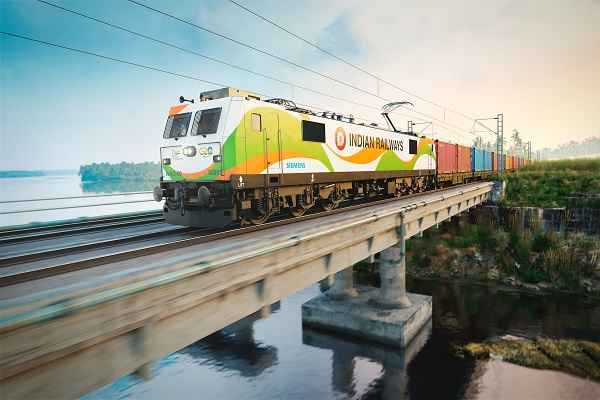 171 Years of Indian Railways: A History of Innovation and Progress
171 Years of Indian Railways: A History of Innovation and Progress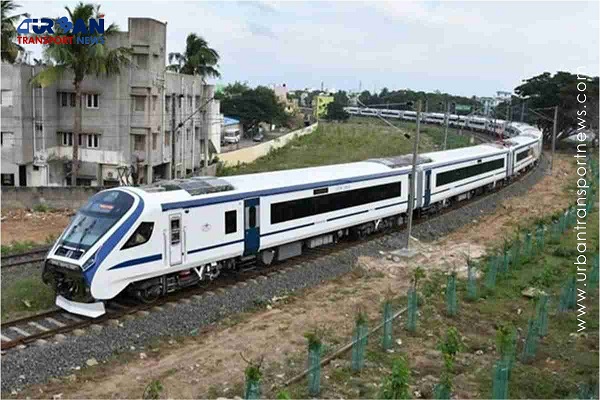 Vande Bharat Express trains carries over two crore passengers since their inception
Vande Bharat Express trains carries over two crore passengers since their inception BPCL partners with Noida International Airport to construct ATF Pipeline
BPCL partners with Noida International Airport to construct ATF Pipeline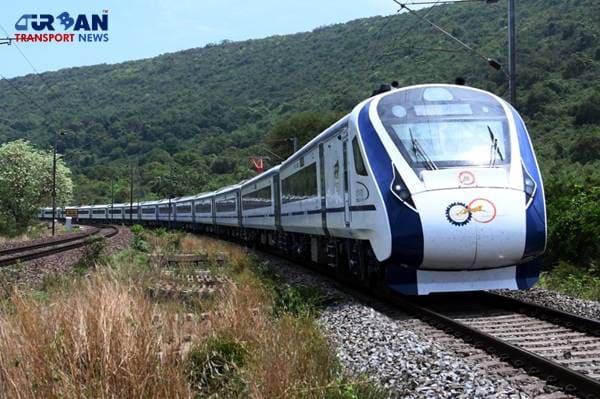 What are the Railway Development Plans in BJP's Manifesto for 2024-2029?
What are the Railway Development Plans in BJP's Manifesto for 2024-2029?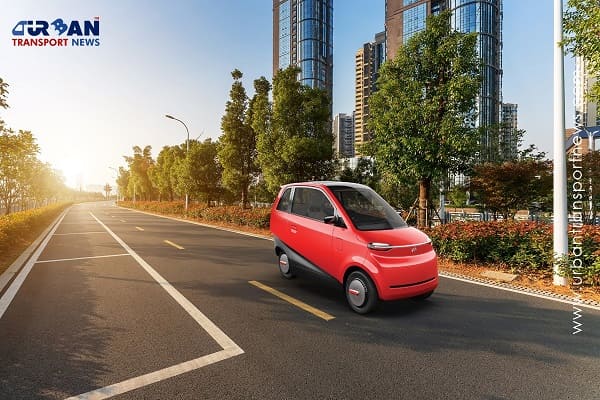 Latest innovations shaping the urban mobility sector across the globe
Latest innovations shaping the urban mobility sector across the globe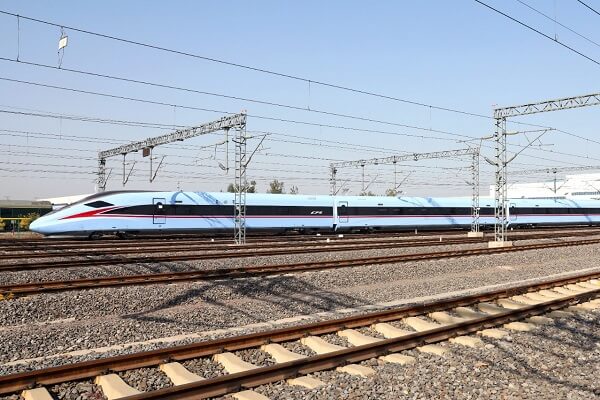 California issues RfP for procurement of High Speed Bullet Trains
California issues RfP for procurement of High Speed Bullet Trains
Role of Green Mobility in Last-Mile Delivery
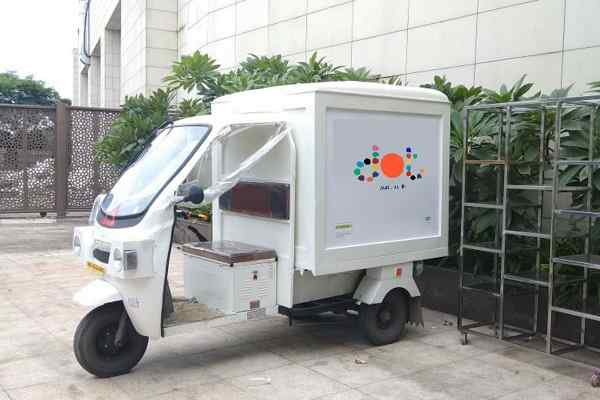
Sustainability and equity have always been the major concerns seen especially in developing countries where they tend to evolve from traffic-centric to people-centric developments. The majority of the developed cities are now talking about the connectivity through conventional vehicles or any low-carbon emission transport options to unlock value from last-mile delivery for cities, transporters and retailers but still addressing last-mile connectivity remains silent. The total amount of urban kilometers traveled is predicted to triple by 2050, accounting for 64 percent of all travel today.
E-commerce is the fastest-growing driver of urban deliveries, which affects the length and fragmentation of urban logistics flows. As the number of vehicles in cities grows. Many cities have started to understand and address the challenges associated with passenger mobility issues by developing green mobility visions and strategies for freight transportation at the regional or city level. Comprehensive methods for last-mile delivery of merchandise at the city level, on the other hand, are often absent.
A cocktail of solutions can be applied to devise appropriate strategies for last-mile delivery while connecting such problem areas with equipment and technology enablers like the provision of Green cargo trucks which helps in lowering the emission level and often applied in combination with regulatory and land-planning measures in transportation. Green delivery is a broad idea aimed at simulating a wide range of environmental effects caused by the transportation sector. It is compatible with human and environmental health where if unsustainable transport significantly contributes to climate changing and has a negative effect on people’s health, green mobility options significantly lowering CO2 emissions and improving the livability of our cities. It aims to substantially reduce greenhouse gas (GHG) emissions from the transport sector and to enhance the climate resilience of transport infrastructure and systems. It plays an important role in reducing trips (combining various trips into one to reduce the number of trips) and helping in emission control.
Several initiatives are typically led by transportation and infrastructure providers. Last-mile delivery levers have a significant effect on these actors' core businesses because they distribute products. Retailers will play a critical role in making the urban logistics or last-mile delivery strategy successful. Retailers could improve transportation efficiency and capitalize on brand marketing opportunities. Small and independent retailers, on the other hand, have a greater improvement potential than big-box retailers, who often optimize their supply chains, including last-mile delivery within their cities. When it comes to providing effective and profitable customer service, zero-emission vehicles are one of the options.
While smart planning and the use of green mobility for last-mile delivery are not only environment friendly but also a source of savings for the transporters, retailers and logistic companies as it is beneficial for economic growth. It would be interesting research to look at up to areas coming under last-mile delivery junctions to affect while accessible only to green mobility options.





